Friday 27th January to Saturday 4th February
Recovering from our arduous trek to the Lost City we started to prepare for our next voyage, 300 miles on to the San Blas islands. I was keen to break the journey in some of the smaller offshore islands of Colombia including the Islas del Rosario, just south of Cartagena, and perhaps even to sail further south and stop in the small bay of Sapzurro, right on the border of Colombia and Panama. We needed to stock up with enough food for the trip including ten days in the San Blas islands where we were to be joined by Bristol friends Jon and Jackie who were due to fly out to Panama City to meet us on February 7th.
As it was the days passed in Santa Marta. We socialised, did some more boat maintenance and had the bottom of the boat scraped clean by two divers who also replaced the anodes. As navigator I planned our onward passage and we even had our hair cut – at a fraction of the cost of a visit to the hairdresser in Bristol. Elicer, the Venezuelan woman who washed my hair, has an engineering degree and used to work in the oil industry until the economy in Venezuela collapsed. Eventually we went to the big Exito supermarket in a modern Mall on the outskirts from Santa Marta to provision for the next few weeks.
Here are some pictures from the streets of Santa Marta:
We had intended to sail south in the company of Steph and Ian on Nautilus until our paths diverged, with them turning left into Cartagena whilst we continued on south to the Rosarios islands. When the time came we just weren’t ready and they left on 31st, unable to delay their departure as they had already been given their zarpé, the exit document you need when you leave a port. We were finally ready to go two days later and said our last goodbyes to Delphinus as they were heading for Cartagena at 4am the next morning.
We set off at 8.30am and as we headed out to sea, with the skyline of Santa Marta receding in the haze, there was a big swell and winds up to 30 knots. We sailed with the genoa alone on a broad reach, with Vega rolling unpleasantly but doing fast speeds of over 7 knots in the strong wind. We had timed our departure so that we passed the mouth of the mighty Rio Magdalena, 40 miles on from Santa Marta, in daylight and keeping several miles off the coast. This river flows from the south of Colombia to the north for a thousand miles passing through mountains, rain forest and plains before emptying her murky waters into the sea. We had been warned to keep a careful lookout for tree trunks, vegetation and even the corpses of dead animals. The junction between the blue of the ocean and the muddy brown river water was abrupt and dramatic and the waves were even higher, coming from both astern and abeam at the same time. One huge wave caught Vega on her beam and she broached – the boat rolling over to what felt like nearly 90 degrees, or so it seemed at the time as her side rail went under the water and our lifebuoy was ripped off the railing before could she right herself. The lifebuoy was attached to the boat by a long yellow line so that it could be thrown to a man overboard to rescue them. As we pulled in the line the lifebuoy was no longer attached at the end. So much for our safety equipment.
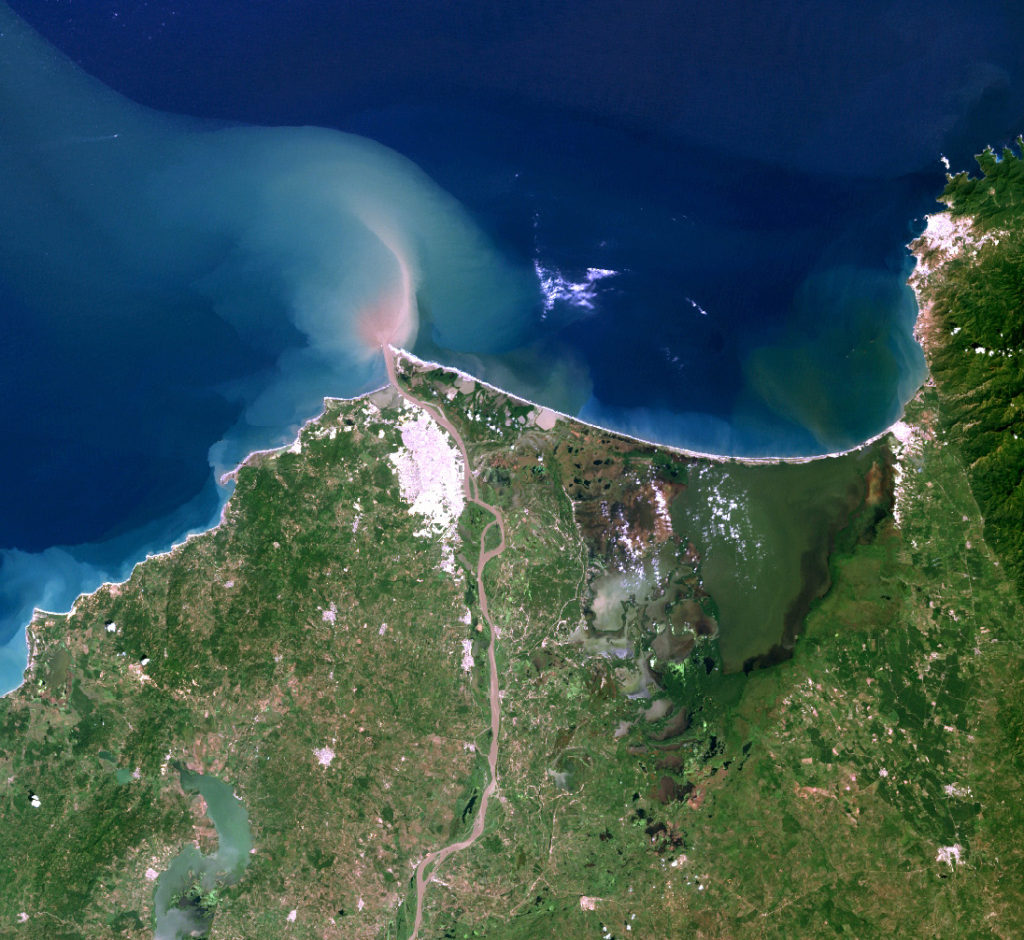
At dusk approached we were passing the bay of Puerto Velero. The wind was still blowing strongly and the big swell was making it an exhausting sail. As our speed was so much faster than anticipated it meant that we would reach the Rosarios in the dark and not the next morning in daylight. A few hours at anchor in a peaceful bay with supper and some time in bed appealed much more than slogging on overnight and having to heave to when we arrived early at the islands which are surrounded by a rocky reef and so should only be approached in daylight. We diverted and as we dropped anchor in the bay we recognised the yacht next to us – it was Delphinus who had left Santa Marta four hours earlier than us! We called them up on VHF to say hello, and goodbye again.
We were up at 3am to leave but as I raised the anchor using the electric windlass it appeared to jam then stopped working completely. Hugh had to pull the anchor up inch by inch by hand – a rather muddy task and he was not a happy bunny. We crept out of the bay in the pitch black, moonless night and I sat at the bow shining a torch to watch out for fishing buoys – if they get tangled around your propellor you’re in big trouble. It was still and peaceful and felt magical. Star gazing I could identify the Southern Cross and Alpha Centaurus low above the horizon and Jupiter high in the sky (with the help of the iPad app – Sky Guide). I hate getting up early in the dark but there are compensations.
Clearly we needed to fix the windlass as we would be anchoring from now on until we got the marina at Colón in Panama. Hugh seemed reluctant to have to lower and raise the anchor by hand for the next two weeks so we decided the best thing was to divert to the next marina, Club Nautico at Cartagena, to get it fixed.
The wind, so strong the day before, was initially keeping a low profile that morning so we motored until, by 8am, it had increased to over 10 knots and we were able to shake out the foresail. After five hours of gentle sailing we passed the old city and the modern skyline of new Cartagena and called up Port Control there for permission to enter the port. We could see behind us the white sails of Delphinus slowly gaining.
Club Nautico Marina was completely full so Hugh tried the obvious thing whilst I motored around in the bay – he replaced the fuse and the windlass worked! We weren’t unhappy to have to spend a night at anchor here. Although we had visited the old city of Cartagena des Indias in October by bus from Santa Marta we hadn’t yet seen the new modern city of Cartagena. The bay was surrounded by white high-rise apartments, offices and hotels, many under construction with cranes towering above them. There were visiting cruise ships, a naval base and a big port loading and unloading container ships.
Our friends from Nautilus and Delphinus were also at anchor here so we drank sundowners together as the sun set behind the spectacular panorama.
The following day Ian kindly took us over to the marina in his dinghy so we could refill our water tanks with tap water brought over in plastic bottles. We located a few spare fuses for the windlass and bought huge, ripe avocados and mangoes from a jolly lady at the marina.
We said our very final farewells to Jayne, Paul and Lily on Delphinus who we had first met almost a year ago in Montserrat and with whom we’ve shared so many wonderful times and adventures. They would be staying on here for a few weeks before heading slowly across to Guatemala. At 9pm we left Cartagena in the dark, into big winds and big seas, for the 200 mile sail to the San Blas islands. It was Saturday night and if all went well we would be in San Blas by Monday around noon.

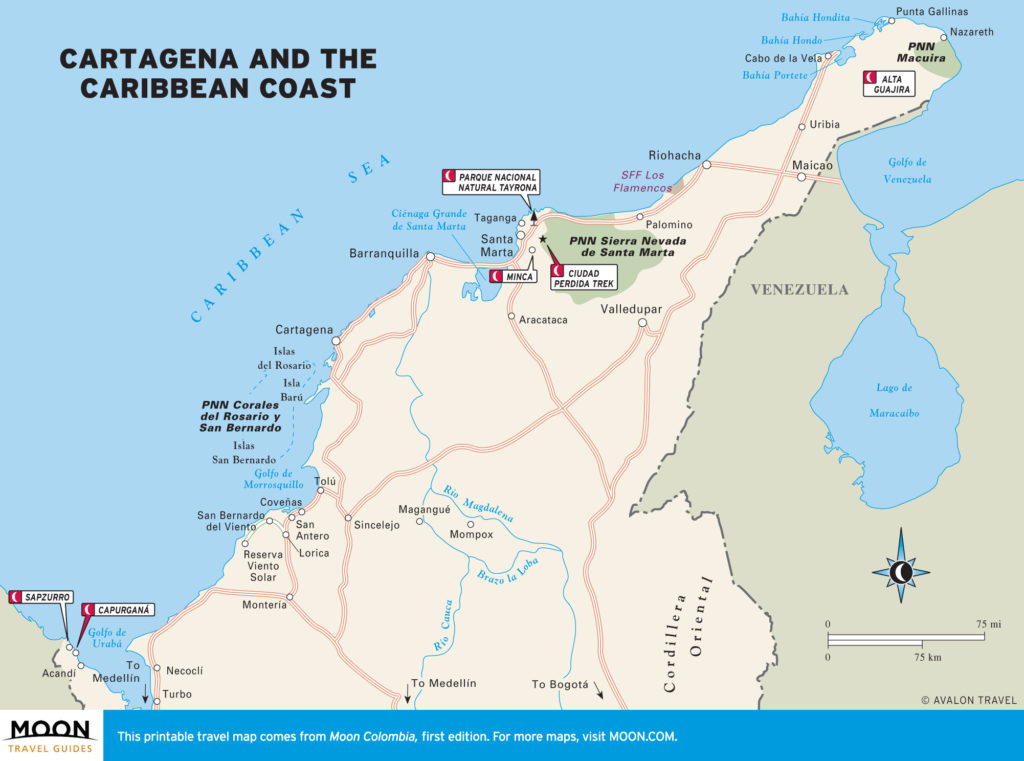




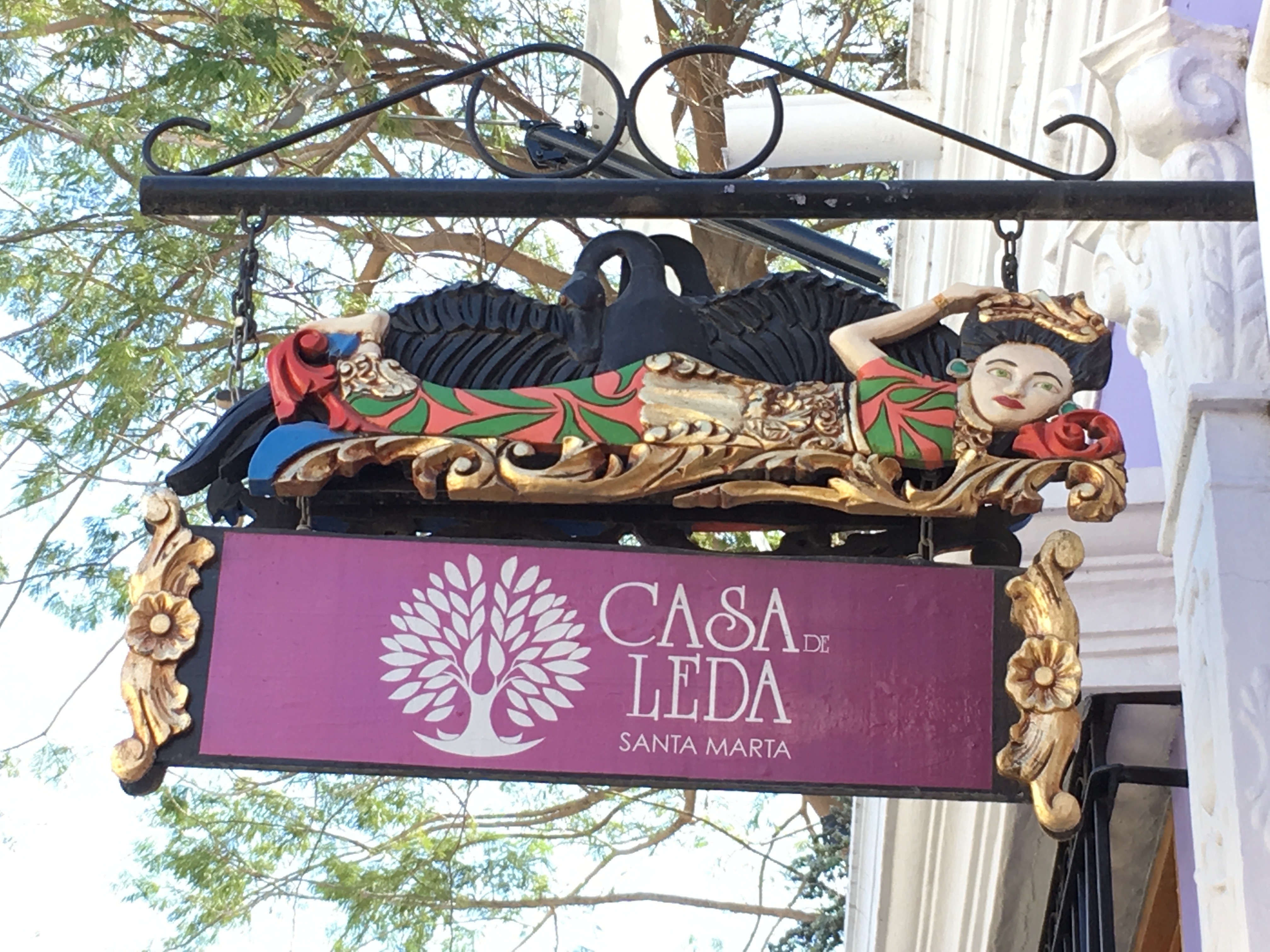








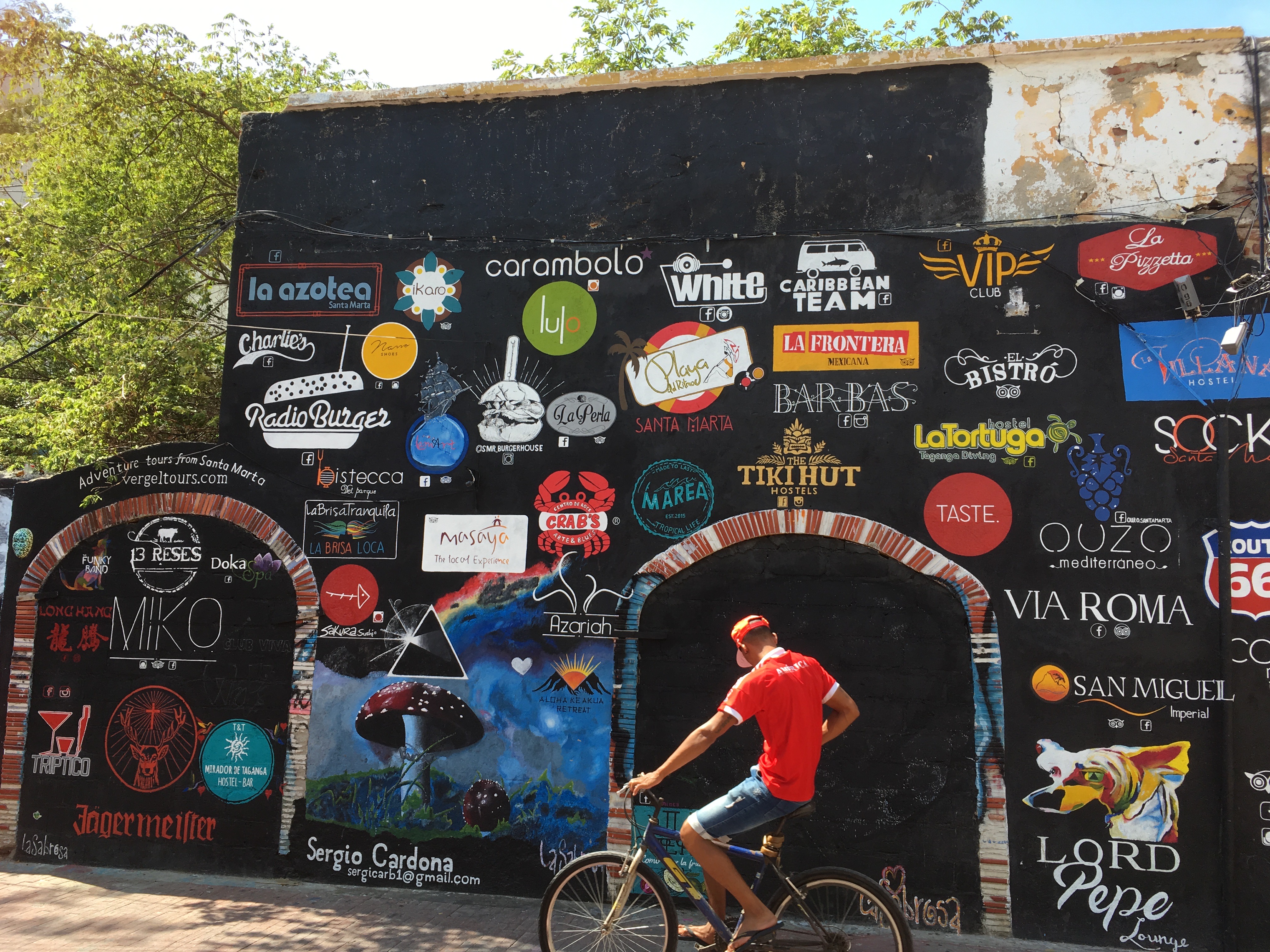

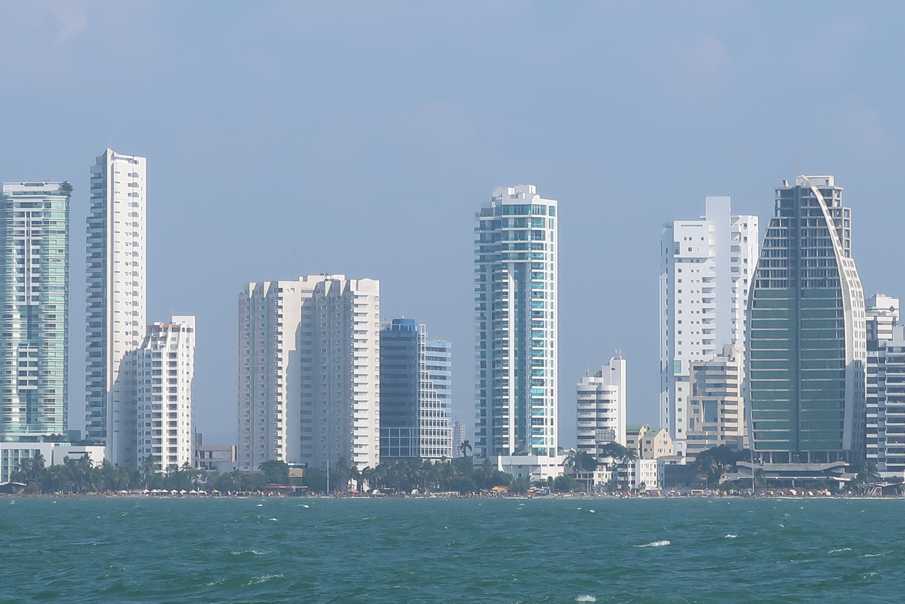



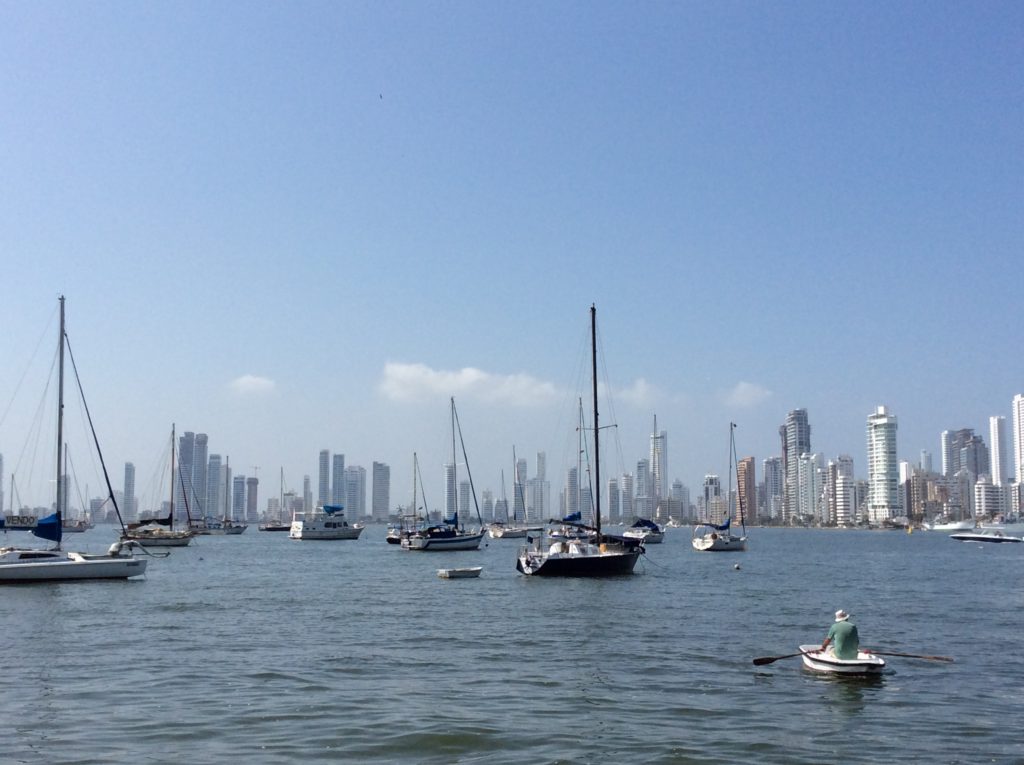
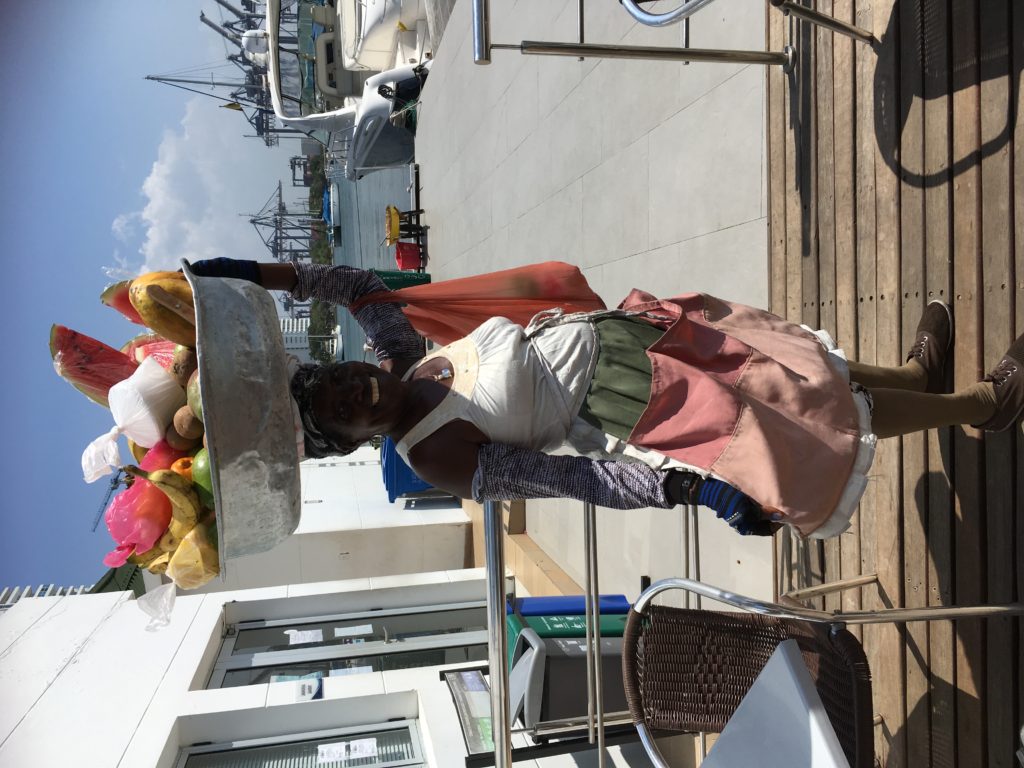
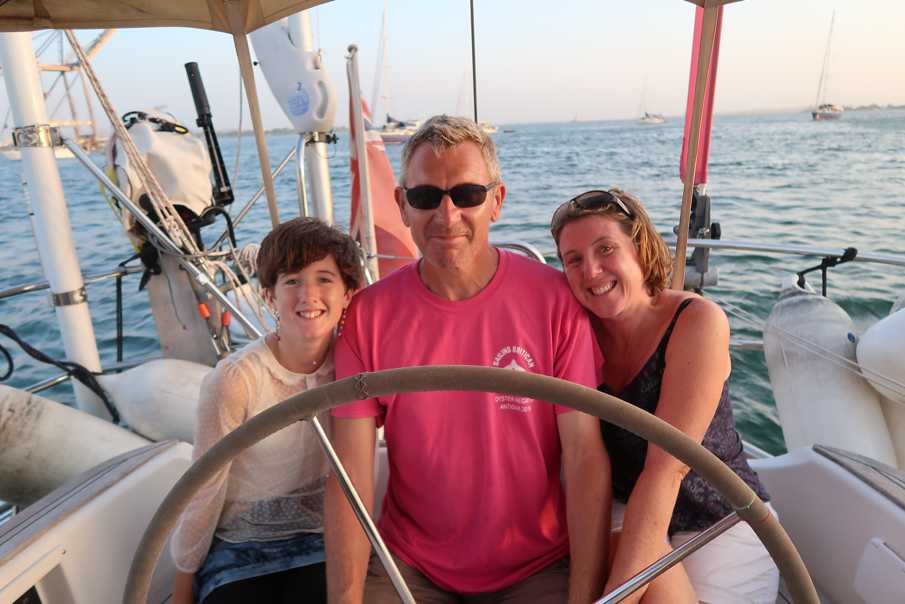
2 Comments
Steve
March 4, 2017 - 10:08 amLooks lovely hope you were clipped on when you broached in my experience always a formative moment! Where are the pictures of the ‘canal? Steve x
annie
March 4, 2017 - 12:01 pmHmmm.. it would have been a good idea ;-). Patience. We don’t go through the canal until Sunday and the blog will take me a few months to do based on past records 🙁 xx